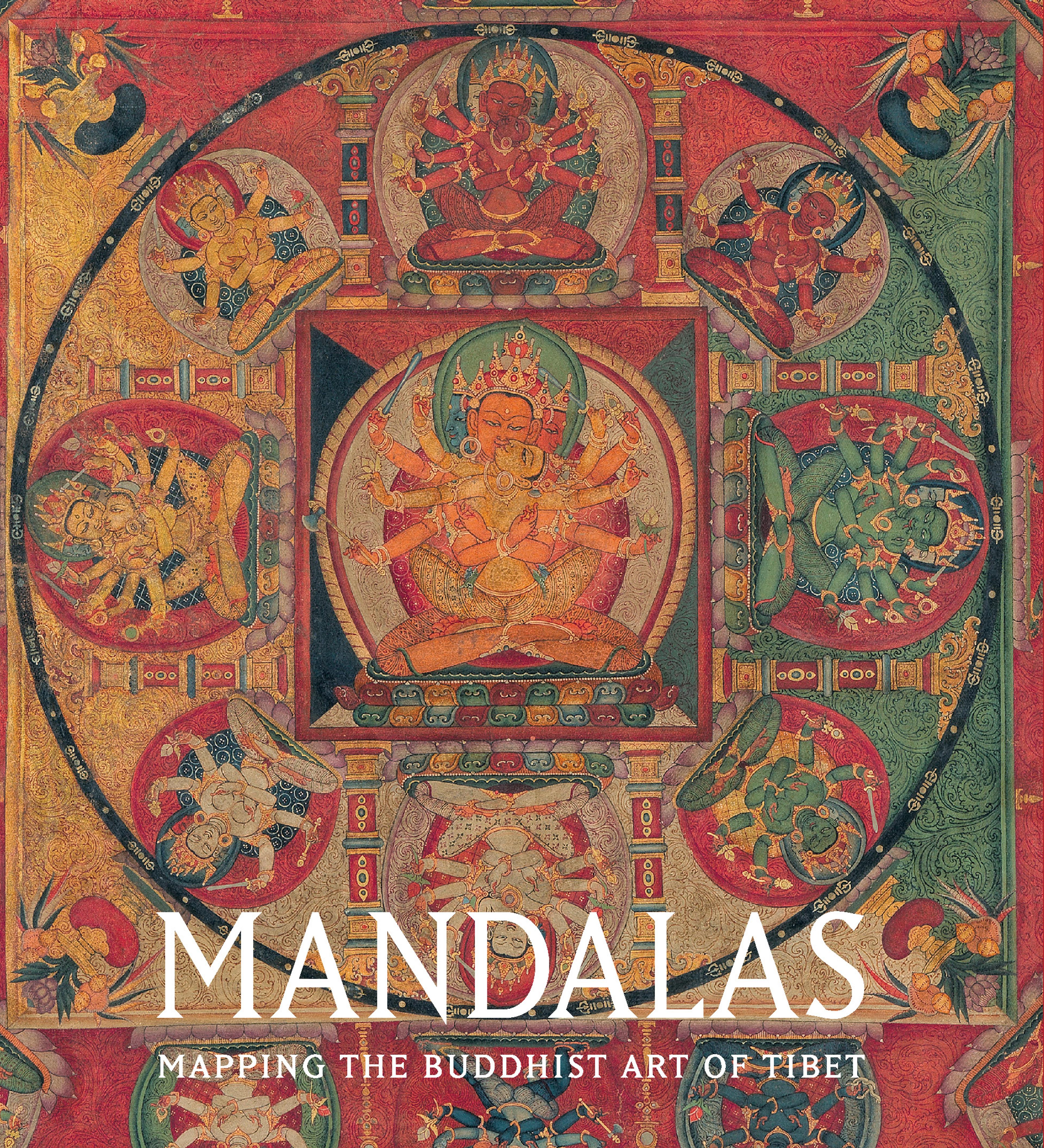The Transcendent Buddha Akshobhya
Akshobhya, the “Immovable One,” is one of the classic subjects of early Tibetan painting, a representation of one of the five Transcendent Buddhas who presided in Vajrayana Buddhism. He embodies the pure mind that distinguishes (higher) reality from (material) illusion, symbolized by the power of the vajra scepter he displays before his throne. He is understood to embody the highest expression of the power to pacify aggression and transmute it into wisdom. This painting functioned as one of a set of five such paintings, representing the five Transcendent Wisdom Buddhas, the Tathagatas, loosely translated as “those who have entered into [the truth of] highest perfection.” They were typically venerated in a mandala configuration, each assuming a specific iconographic form distinguished by directional orientation, body color and attributes. Akshobhya displays the vajra, serves as the protector of the East and is deep blue in complexion ("like the ocean"). This is one the few surviving painting from a grand tradition of monastic cloth painting practiced in Tibet in the 13th through to the early 14th century. It was collected by the Italian Tibetologist Giuseppe Tucci on one of his eight research expeditions undertaken in Tibet between 1928 and 1948.
Artwork Details
- Title:The Transcendent Buddha Akshobhya
- Artist:Unidentified ; Newari working in Tibet
- Date:13th or early 14th century
- Culture:Central Tibet
- Medium:Distemper on cloth
- Dimensions:Image: H. 30 1/16 in. (76.4 cm); W. 24 3/4 in. (62.8 cm)
Framed: H. 37 7/8 in. (96.2 cm); W. 31 15/16 in. (81.1 cm); D. 1 3/4 in. (4.4 cm) - Classification:Paintings
- Credit Line:Purchase, Gift of Florence and Herbert Irving, by exchange, 2021
- Object Number:2021.288
- Curatorial Department: Asian Art
More Artwork
Research Resources
The Met provides unparalleled resources for research and welcomes an international community of students and scholars. The Met's Open Access API is where creators and researchers can connect to the The Met collection. Open Access data and public domain images are available for unrestricted commercial and noncommercial use without permission or fee.
To request images under copyright and other restrictions, please use this Image Request form.
Feedback
We continue to research and examine historical and cultural context for objects in The Met collection. If you have comments or questions about this object record, please contact us using the form below. The Museum looks forward to receiving your comments.
